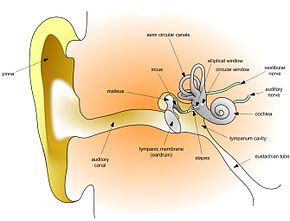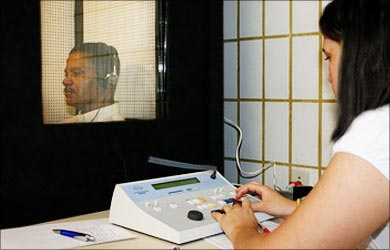


Pure-tone audiometry (PTA) is a type of hearing test that measures the softest sounds a person can hear across a range of frequencies. During the test, the patient wears headphones and listens to a series of pure tones played at different frequencies and intensities. The patient indicates when they can hear the sound, and the audiologist records the results.
PTA is commonly used to diagnose hearing loss and to determine the degree and type of hearing loss. The results of the test are plotted on an audiogram, which shows the patient’s hearing thresholds at different frequencies. The audiogram can help determine whether the hearing loss is conductive (related to the outer or middle ear) or sensorineural (related to the inner ear or auditory nerve). It can also provide information about the degree of hearing loss, ranging from mild to profound.
In addition to diagnosing hearing loss, PTA can also be used to monitor hearing over time and to evaluate the effectiveness of hearing aids or other interventions. It is a quick, non-invasive test that is widely used in audiology clinics and hospitals.
PTA is typically performed in a sound booth or a quiet room to minimize background noise and ensure accurate test results. The patient sits in a comfortable chair and wears headphones that are connected to an audiometer, which produces the pure tones at different frequencies and intensities.
The frequencies tested during PTA typically range from 250 Hz to 8,000 Hz, which covers the range of sounds most important for speech understanding. The audiologist may also test additional frequencies if needed, depending on the patient’s specific hearing concerns.
The intensity of the sounds is measured in decibels hearing level (dB HL), which represents the loudness of the sound relative to a standard reference level. The lowest intensity at which the patient can hear the sound at each frequency is recorded as the hearing threshold for that frequency.
The results of the PTA are plotted on an audiogram, which is a graph that shows the patient’s hearing thresholds at different frequencies. The audiologist can use the audiogram to determine the type and degree of hearing loss, as well as to develop a treatment plan to address the patient’s hearing concerns.
Overall, PTA is a valuable tool in diagnosing and managing hearing loss and other hearing-related conditions. It is a safe and non-invasive procedure that provides important information about a patient’s hearing abilities and helps guide appropriate interventions.

